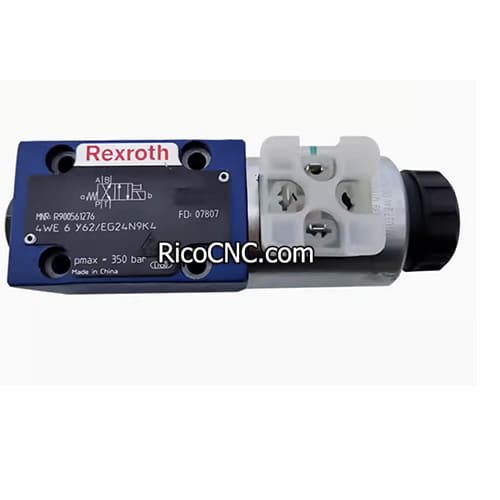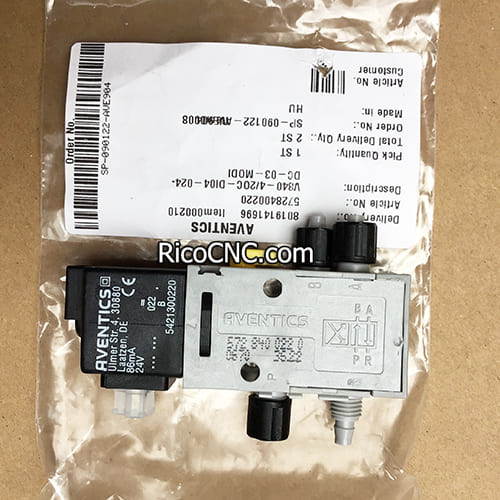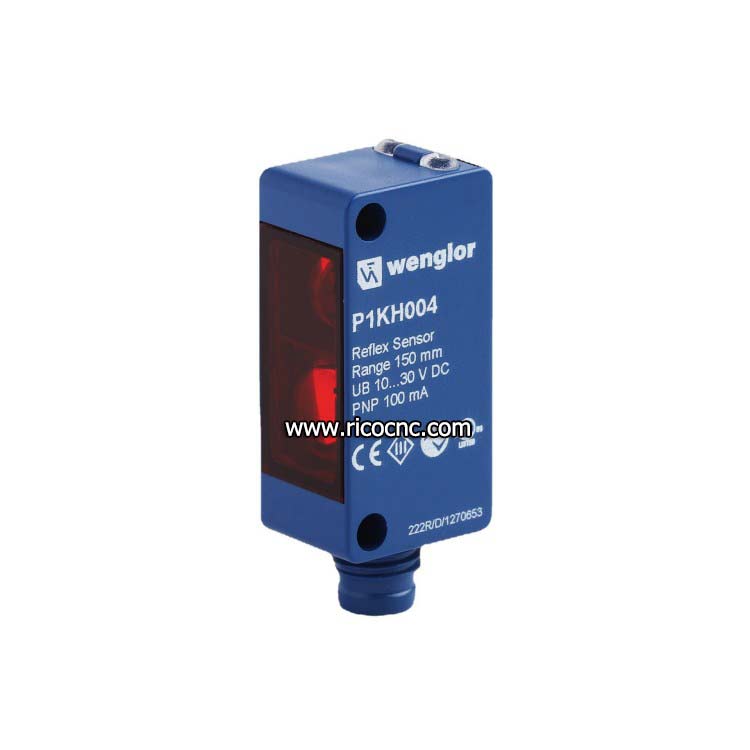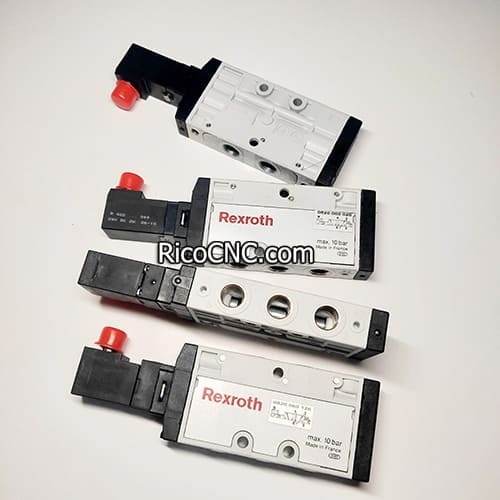
How to Test a High Limit Switch
A high limit switch is a critical safety feature in many heating systems, particularly furnaces. It prevents overheating by shutting down the burner if temperatures get too high. Understanding how to test a high limit switch is crucial for anyone involved in maintaining or repairing HVAC systems. In this article, we'll dive deep into the purpose of a high limit switch, how it works, and the specific steps to test its functionality. By doing so, you can ensure your furnace operates safely and efficiently, preventing potentially costly or dangerous situations.
What Is a High Limit Switch?
The high limit switch is a safety control found in furnaces and other heating systems. It monitors the temperature of the furnace and prevents overheating by cutting off the burner if the temperature exceeds a certain threshold. This ensures the furnace operates within safe parameters and helps protect both the system and those in the home.
The key roles of a high limit switch include:
Temperature Regulation: It monitors the heat exchanger's temperature and ensures it doesn't exceed the set limit.
- Shutting Down Burners: If the temperature goes beyond safe levels, the high limit switch cuts power to the burners.
- Controlling Blower Motor: After a shutdown, it signals the blower motor to continue operating to cool down the system.
Components of a high limit switch include:
Sensor Probe: Detects the heat exchanger's temperature.
- Electrical Contacts: Responsible for switching off the burner circuit.
- Housing: Protects the internal components from physical damage.
If you're dealing with complex systems, you may also want to check out our Bosch Rexroth Solenoid Valve for more advanced automation and safety controls. 
Common Symptoms of a Faulty High Limit Switch
Before testing, it’s essential to determine if your high limit switch might be faulty. There are several signs to watch for:
Frequent Furnace Cycling: If your furnace turns on and off too often, the high limit switch might be engaging unnecessarily.
- Blower Motor Running Continuously: If the blower doesn’t stop running even when the furnace is not heating, it might indicate that the limit switch is stuck in the open position.
- No Heat Production: If the furnace stops producing heat, it could be a sign that the high limit switch has tripped and shut down the burners.
- Error Codes on the Furnace Control Panel: Modern furnaces display error codes if there is a problem with the high limit switch.
If you’re unsure about the high limit switch's condition, conducting a test will help determine if it needs replacement or if there are other issues within the system. Consider exploring our AVENTICS Pneumatic Directional Control Valve for automation systems that require reliable performance. 
Tools You Will Need to Test a High Limit Switch
Testing a high limit switch doesn’t require many tools, but it's essential to have the right ones to perform a thorough and safe test. Here's what you’ll need:
Multimeter: This is the primary tool for testing continuity. Make sure it’s set to measure resistance (ohms).
- Screwdriver: For removing the access panel of the furnace.
- User Manual: Reference the furnace’s user manual to understand where the high limit switch is located.
Safety Note
Always ensure that the power is turned off before you begin testing. Dealing with live electrical systems can be hazardous without proper precautions.
For enhanced safety and control, consider the Parker PEC5-220V-D Solenoid Valve for integrating into systems that require precise pneumatic control. 
Step-by-Step Guide on How to Test a High Limit Switch
Step 1: Turn Off the Power to the Furnace
First and foremost, turn off the power to the furnace at the breaker panel. This is crucial for safety, as the furnace operates on high voltage, which can be dangerous if mishandled.
Step 2: Locate the High Limit Switch
The high limit switch is usually located behind the access panel of the furnace. It’s typically found in the furnace's main compartment, mounted on the heat exchanger. You may need to consult the user manual if you're having difficulty locating it.
Step 3: Remove the Limit Switch Wires
Carefully disconnect the wires attached to the high limit switch. Make a note of their original positions to ensure you can reconnect them correctly after testing.
Step 4: Set Up the Multimeter
Set your multimeter to measure resistance (ohms). Attach the multimeter probes to the terminals of the high limit switch. The switch should show continuity when it’s at room temperature (indicating a closed circuit). If the reading shows an open circuit at room temperature, the switch is likely faulty.
Step 5: Testing the Limit Switch When Hot
If your furnace has been recently running, the limit switch may be in the open position due to elevated temperatures. Allow the system to cool before testing or, if possible, use the multimeter to confirm that the switch opens when the temperature is high. If the switch does not open or close as expected based on temperature changes, it may need to be replaced.
For advanced applications, consider the Wenglor Reflex Sensor for accurate detection and positioning in high-performance systems. 
How to Reset a High Limit Switch
After testing, you might find that the high limit switch has tripped due to an underlying issue such as restricted airflow or overheating. In such cases, resetting the switch can restore proper furnace operation once the underlying problem is resolved.
Step 1: Identify the Root Cause
First, ensure that any issues causing the overheating—such as a clogged air filter or blocked vent—have been corrected.
Step 2: Press the Reset Button
Most high limit switches have a reset button that you can press after correcting the underlying issue. Hold the button for a few seconds until you hear a click, indicating the switch has been reset.
If you frequently need to reset the switch, it’s an indication of an ongoing problem that needs professional evaluation. Safety must always be a top priority, especially in systems dealing with high temperatures and electrical components.
Troubleshooting High Limit Switch Problems
1. Continuous Tripping of the Limit Switch
If the high limit switch keeps tripping, it could be due to poor airflow caused by a dirty air filter, blocked ducts, or malfunctioning blower motor. Make sure to clean or replace filters and check airflow paths.
2. Incorrect Wiring
Incorrect wiring can lead to improper functioning of the high limit switch. If you've recently replaced any parts of the furnace, ensure the connections are correct.
3. Faulty Switch
A limit switch that fails continuity tests at normal temperature is likely defective. Replacing it is the best course of action in such situations.
For better diagnostics, consider the Bosch Rexroth Pneumatic Directional Valve for industrial-level systems needing superior control precision. 
Frequently Asked Questions
1. What is the main function of a high limit switch?
The primary function of a high limit switch is to prevent the furnace from overheating by cutting off power to the burner when temperatures exceed a safe threshold.
2. How do I know if my high limit switch is faulty?
Signs of a faulty high limit switch include frequent cycling of the furnace, a continuously running blower motor, or the furnace failing to produce heat.
3. Can I bypass a high limit switch?
No, bypassing a high limit switch is highly unsafe as it serves as a critical safety component. Bypassing it could result in overheating, equipment damage, or even a fire hazard.
4. How often should I test my high limit switch?
Testing is generally not a regular maintenance task unless you notice symptoms like frequent cycling or blower issues. Annual inspections are recommended as part of overall furnace maintenance.
5. What should I do if the limit switch keeps tripping?
Frequent tripping indicates an issue like restricted airflow or malfunctioning blower. Address these issues first before attempting to reset the switch.
Conclusion
Testing a high limit switch is an essential step in maintaining a safe and efficient heating system. By understanding its role, how to properly test it, and troubleshooting common issues, you can prevent potential problems before they escalate. Remember, this component serves as a vital safety measure to prevent overheating and maintain optimal furnace performance.
If you're having difficulty testing or troubleshooting your furnace's high limit switch, or if issues persist, consult a professional technician for assistance. Safety should always be prioritized, especially when dealing with heating elements and electrical systems.
Feel free to reach out for more detailed information or if you need help choosing the right replacement parts. Proper maintenance and testing of your high limit switch can help ensure that your furnace operates safely, efficiently, and reliably throughout the cold seasons.















